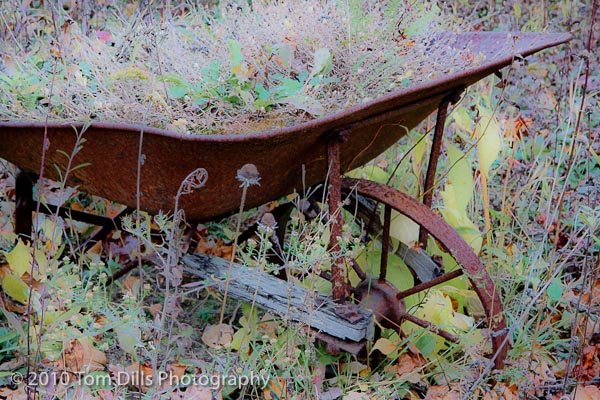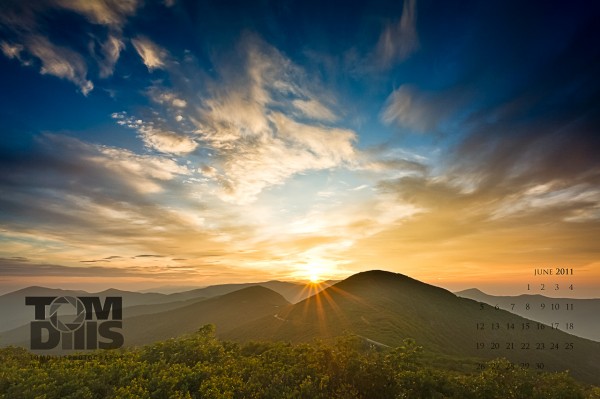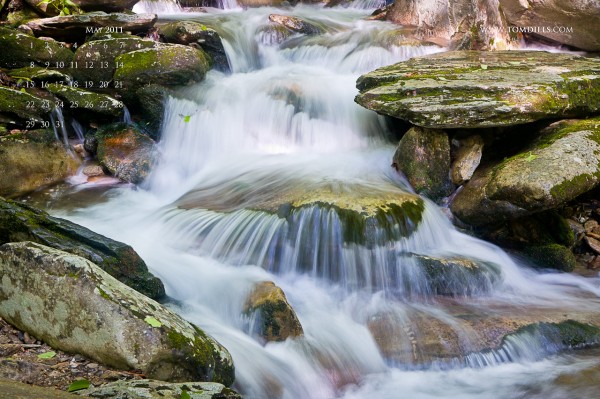
Does the cost of your gear keep you from getting out and enjoying it? Does thinking about/worrying about/paying for your equipment keep you from using it?
David duChemin recently wrote a blog post titled “Buy the Tickets” where he compared the cost of buying less-expensive but still good-quality gear instead of “pro” gear and investing the difference in the experience of photographing. By his analysis the difference between the cost of the “high end” kit and the so-called “budget” kit would buy an around-the-world plane ticket with money left over for food and lodging. Not 5-star food and lodging perhaps, but good enough. Fascinating concept.
“Don’t spend money on gear. Spend it on plane tickets.”
Whenever someone writes an article like that they get a lot of “must be nice” and “that would never work for me” and “what about the kids and the mortgage” comments. Happens to Kathy and me when we talk about the vacations we take. Our ability to do the traveling we do is because of the choices we have made and make. What people too often fail to realize is that once you have established a goal, any choice you make that doesn’t directly help you accomplish it is an excuse.
If your goal is financial security for retirement you need to be making choices and saving enough to get you there, and hopefully you started a long time ago. If your goal is to be able to travel the country or the world – whether you are a photographer or not – how does owning a house/buying a car/watching TV help you get there? If you are fortunate enough to be able to do both, great! If you have to make choices you need to make them. If the cost of doing those things – and that includes the opportunity cost associated with the money, time and attention – keeps you from getting where you want to be then you either need to make different choices or set different goals.
“Forget the shiny stuff, it gets tarnished fast. Put your camera into the bag and book a flight instead. Go make memories and photographs. Live. Buy the tickets.”
I write a lot about how I don’t need to have the latest and greatest equipment to take good photographs. I have made what I feel are very successful photographs with equipment that for a lot of people would have been traded in or sold off years ago. I’ll admit that part of my writing is probably to console myself for not jumping on the bandwagon, but I truly believe that the choices I make – to spend the money on the destinations and not the equipment – is part of what will allow me to achieve my own goals. If I had to choose between a new camera and a vacation – and sometimes I do – I would choose the vacation every time.
I get comments and questions all the time from people, especially those I work with, that ask why I am working at a day job when my photography is so good (their words) and I enjoy it so much. As much as I love photography, becoming a full-time photographer is not my goal. It’s not even my dream. I enjoy photography a lot, but I enjoy it for the places it takes me and the things it allows me to see. I enjoy the learning and the creative expression and the continuous development. I love sharing my work with people who appreciate it, whether they pay me for it or not. The sacrifices it would take to be able to do photography full time – and especially to make a living from it – would first and foremost take a lot of the fun out of it for me, but most importantly it would keep me from achieving my personal goals. Many of the full-time photographers I know are only able to do it with the help of a willing spouse who provides the income to pay the mortgage while they spend their time being a photographer. I think that’s great if they can swing it. But my goals include Kathy & me traveling and experiencing the world together, and if that means we have to do it on a few weeks’ vacation time every year until we are finally able to trek out on our own, that’s fine with me. That moment is getting closer all the time.
My ultimate wish would be for everyone to be able to do whatever they want to do for as long as they want to do it. Unfortunately not many of us get to do that. So we set goals and make choices. Sometimes we make sacrifices. But I prefer to call them compromises. Hopefully your goals are clear and your choices will allow you to meet them. If not, take a look at what’s getting in your way, make the changes necessary and get going. It’s not too late!









